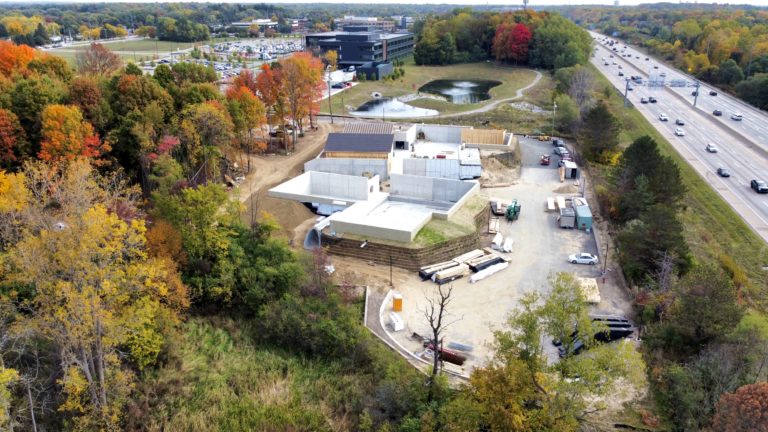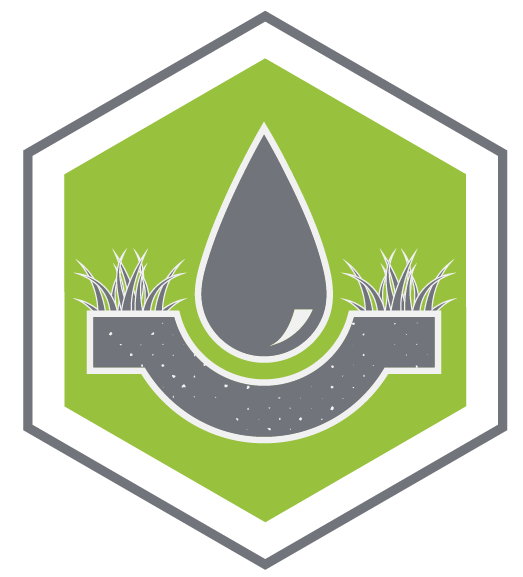
Let’s Talk
Interested in Green Stormwater Infrastructure? Rain gardens are the most accessible form of GSI and can work at almost any scale — in some cases, even in DIY applications. Click to schedule a time to talk with us about your rain garden project or questions.





